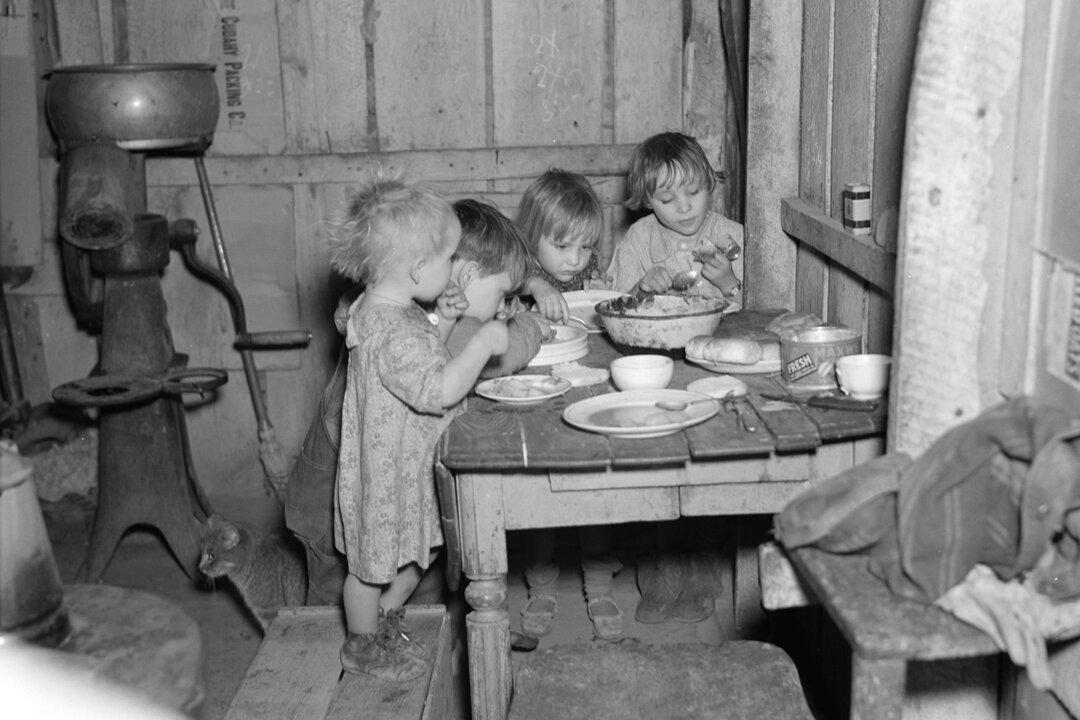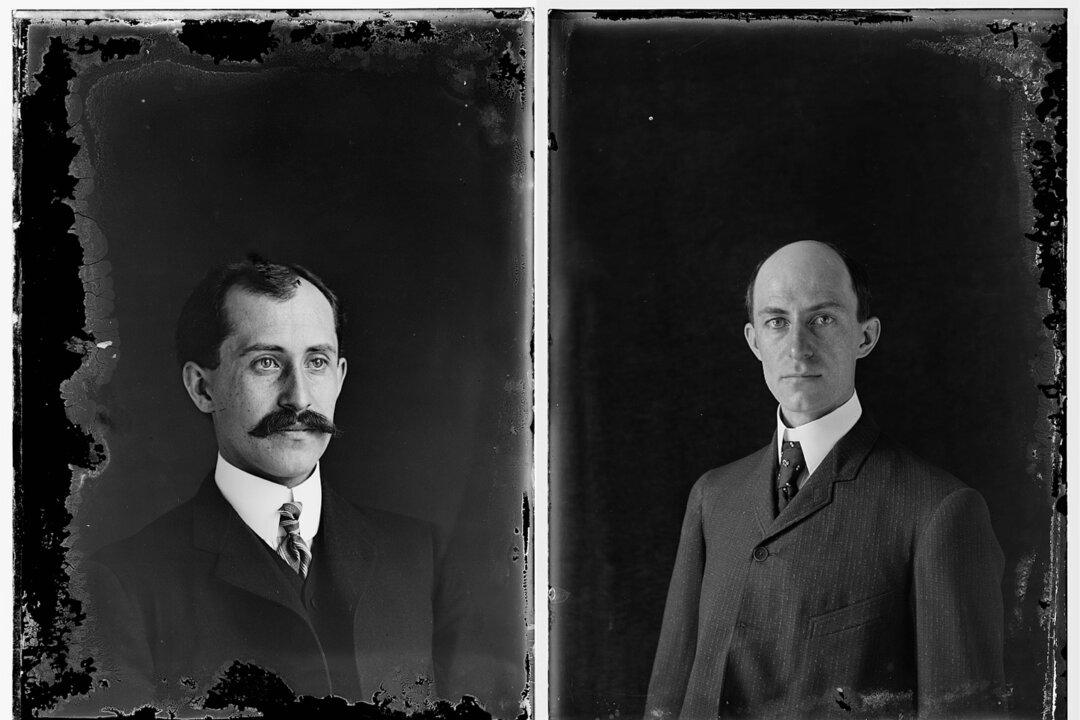To be human is to suffer, but grief is in a category of pain all its own. For example, two mothers I’ve known accidentally backed their cars over their toddlers in the driveway, a burden of guilt and pain I can’t imagine carrying. Others among us have mourned a child lost to cancer, a close friend or sibling who dies in some horrible accident, or a parent whose passing means those treasured visits by phone have ended.
A Sadness Beyond Sadness
In many instances, bereavement so overpowers us that even simple tasks such as brewing up a pot of coffee or writing a short email take on enormous weight. We find we must force ourselves to trudge through the bleak days, pushing aside the hours as if we were wading up to our waists in dark waters. We wake exhausted, go to bed exhausted, and sometimes can’t even remember what we did or said that day. The months after my wife died remain a blur to me, with only a few memories standing as markers along that lost highway of time.Yet in truth, grief is commonplace. In our grocery stores, on the sidewalk, or driving on the highway, odds are that we’re passing strangers every day who are suffering from some personal catastrophe or wound. We probably won’t see that pain in their faces or demeanor, but there they are, shuffling through a reality that, for them, has suddenly become nearly unbearable.
But here’s some comforting news. Most of these people will put their shattered lives together again. They’ll carry scars from their wounds, as do any adults worthy of the name, but slowly, they make their way past the sorrow that has for so long lived in their hearts. And if asked, each of them will have a different story of their recovery, such as how they rediscovered the beauty of a sunrise or the laughter of a friend.
The Girl Next Door
“Ken and I knew each other since I was 11 years old,” said Linda Meadows, a neighbor of mine in Front Royal, Virginia. “We grew up on the same block in Alexandria and played together as kids.”When Ken was drafted during the Vietnam War, he came home after boot camp on a three-day pass and married Linda, his childhood sweetheart. Afterward, he spent his time in service in Germany, where Linda joined him. Eventually, Ken made his mark in the world of insurance, while Linda worked a variety of jobs. Corporate conventions sent the two of them to such places as Hawaii and Rome.
“We had a wonderful life together,” Linda said.
After a long bout with skin cancer, several surgeries, and a stroke, Ken collapsed at home one evening. Linda called the rescue squad, and further medical examinations revealed blood clots in his lungs. With the help of hospice, Linda cared for him during his last days, often alone and exhausted.
The end of 52 years of friendship and marriage left Linda wondering, “What am I going to do now?”
Ken had handled their finances, and although the paperwork following his death often proved daunting—she mentioned that the most difficult part of this crash course in finance came while she was dealing with a rude Social Security employee—Ken “had seen to it that I’d be all right.”
The couple had no children, and Linda had no siblings, but “I had the Lord, my church, and Ken’s family.” Ken’s brothers, who live nearby, have helped her, and “a nephew calls me nearly every night.” Her involvement at Rivermont Baptist Church has brought her great comfort, and she frequents the library and goes three times per week to a local gym, where she has also made friends.
“I keep myself busy,” she said.

Just Breathing Can Be Hard
When Rob Bohning, 46, died after a three-year battle with medullary thyroid cancer, he left behind his wife, Lori, and two adopted children, then ages 6 and 9.“If the dictionary used pictures as definitions, my face would be next to the word ‘Broken,’” Lori said of that time in her life.
During those years of struggle and medical treatment, which included a move to New Braunfels, Texas, to be closer to better health facilities, Lori provided much of the primary care given to her husband. After his death, she found herself dealing with funeral arrangements, trying to help her children cope with their own grief, and maintaining her composure, especially in front of the children, while having to force herself to perform the simplest of tasks.
“Because I had the kids, I had to role model suffering for them,” she said. “I could have pulled the covers over my head and let them suffer, but I had to walk in front of them. I just kept telling myself, ‘Do the next thing. Lori, brush your teeth.’ I just wished people would come in and help me even with breathing.”
Despite the prognosis for Rob, Lori believed until the last moments that God would heal him.
“It was probably a year before I fully accepted that he was forever gone,” she said. “At times, I just breathed. That’s all I had. That was my only hope. I knew that this was something I needed to walk through. I needed to step through the grief.”
Talking to Lori by phone reminded me of conversations over the years with others who have lost a loved one to death: the terrible emptiness in the heart, dealing with the emotions of devastated children, and the loneliness that won’t go away.
‘When We Grieve, We Get a Gift for Compassion’
In a widows group that met an hour from her home, Lori found what she was looking for. These women were an enormous source of comfort and advice, and after two years, she became determined to start a similar group in her town. As Ferree Hardy reported in her article “Kingdom Equity” on Plain Values:“She knew she couldn’t do it by herself, though. So she bravely phoned Stand In the Gap, a ministry for orphans, widows, and prisoners in Oklahoma. When Lori asked how she could start a widows group in her town, “coffee, cake, conversation” was what she was told. They suggested she make fliers to post around town announcing a get-together for widows with the day, place, and time for “Coffee, Cake, Conversation.” They also told her that the crucial point of the meeting would be to ask the women, ‘What do you need in a widows group?’”
“Widows have often said to me, ‘I don’t even know who I am now,’” she said.
Widowhood often means “having to rediscover yourself,” Lori tells me.
Unfortunately, similar groups for widowers are much less common.
“It just takes one widower to start it,” she said. “‘Hey, guys, let’s go for coffee and talk.’”
Lori mentioned a relative whose wife had died and who feels extremely isolated.
“‘I’m so lonely I could die’ is a real thing,” she said. “And all it takes to start a group is one man who is willing to share his heart.”
Broken No More
Stay busy. Accept help when it’s offered. Be patient and let time do some of the work of healing. Find comfort and strength in faith. Linda, Lori, and countless others have discovered the value of these assets as they’ve journeyed through grief.Although they don’t mention it specifically, Lori and Linda also offer us this important message: Let yourself grieve. Some people try to push through that agony of mourning, to put it behind them as fast as possible. Lori tried to stay busy in those first awful months, “but the Lord kept telling me to be still.” Just as a broken bone requires rest and time to mend, so too is the case with loss.
Finally, Lori and Linda tell us—again implicitly—to never give way to utter despair. We often hear the expression “a light at the end of the tunnel.” As the words and deeds of these two women remind us, hope is the engine that carries us to that light.






